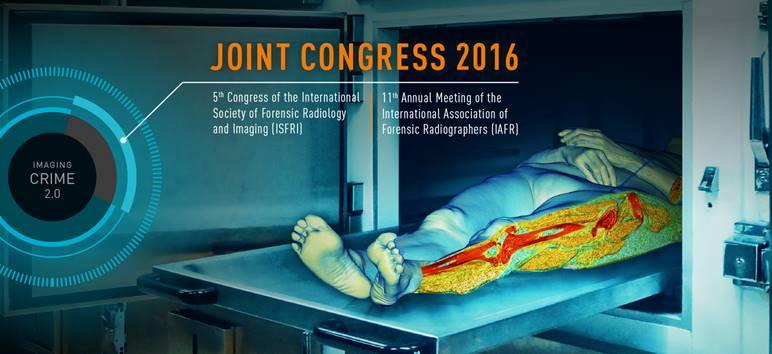- P.001 Hemopericardium on postmortem CT: What does ''hyperdense armored heart'' indicate? - M. Murakami, Japan
- P.002 Prosthetic Imaging in Forensic Radiology - B. Temme, United States of America
- P.004 Drowning lung CT patterns; experimental evaluation - H. Hyodoh Japan
- P.005 Can perinatal post-mortem MRI reporting be learnt? diagnostic accuracy of 200 cases - O. J. Arthurs, United Kingdom
- P.006 Fatal intoxication after combined ingestion of formic acid, diphenhydramine and ethanol detected on post-mortem imaging - P.M. Flach, Switzerland
- P.007 Queer the pitch: How to detect internal drug couriers – from customs through hospitals to forensics. - P.M. Flach, Switzerland
- P.008 The Gas Bubble Sign as Indicator for Strangulation on Postmortem Computed Tomography. - P.M. Flach, Switzerland
- P.009 Abnormalities found on postmortem computed tomography after a suicidal death due to helium inhalation – a new look on the mechanism of death? - A.B.S. Borowska-Solonynko, Poland
- P.010 "S.F.R/G.R.A.V.I.T survey: Results and Findings, State-of-play survey on post-mortem cross-sectional imaging in France in 2015 - E.D. Dumousset, France
- P.011 An attempt of dental identification method of the relocated tooth on PMCT images - H.F. Fujimoto, Japan
- P.012 Postmortem computed tomography-angiography (PMCTA) in decomposed bodies - P.F. Flach, Switzerland
- P.013 Post-autopsy computed tomography: role and results in firearm death by terrorist attack - S.V. Visentin, Italy
- P.014 Very Economical Immersion Pump Feasibility for Postmortem CT Angiography - W. Schweitzer, Switzerland
- P.015 Possible XOR fallacy - combination of foramen sternale with an osseous sternal knife stab injury- W. Schweitzer, Switzerland
- P.016 Visualization of Computed Tomography data using Cinematic Rendering - L.C. Ebert, Switzerland
- P.017 Radiologic identification with standardized single CT image of the skull - T.D. Ruder, Switzerland
- P.018 Multi-reader assessment of rib fracture detection with a new visualization tool - T.D. Ruder, Switzerland
- P.019 Post-mortem computed tomography angiography and forensic necropsy of a brown howler monkey: case report - A.C. Pinto, Brazil
- P.020 Complete cardiac and bronchial avulsion in a dog: post-mortem computed tomography and forensic necropsy analysis- A.C. Pinto, Brazil
- P.022 Effect of repeated freeze-thaw cycles on human musculoskeletal tissue visualized by post-mortem computed tomography (PMCT) - A.C. Klop, Netherlands
- P.023 Sequences and Technique for Postmortem Magnetic Resonance Imaging in Children, N. Jawad, United Kingdom
- P.024 Postmortem CT versus forensic autopsy: frequent discrepancies of tracheobronchial content findings, L.P. Lombardo, Switzerland
- P.025 PMCTA: Effects of Contrast Media on Atherosclerotic Plaques in an Animal Model - M.K. Chainchel Singh, Malaysia
- P.026 "Towards “Virtual” Forensic Anthropology: The accuracy of 3D skeletal reconstructions from full body CT-scans - P. Bor, Netherlands
- P.027 Post mortem computed tomography angiogram (pmcta) in vascular related death: just a pretty picture or really worth a thousand words? - S.N. Abdul Rashid, Malaysia
- P.028 The value of postmortem computed tomography in burned victims in a forensic setting - G.H.J. Roelandt, Netherlands
- P.029 The forensic holodeck – An immersive display for forensic crime scene reconstructions - L.C. Ebert, Switzerland
- P.031 Post-mortem changes in musculoskeletal and subcutaneous tissue in relation to post-mortem interval and cause of death on post-mortem - CT. W. Klein, Netherlands
- P.032 “Autopsy imaging(Ai)”- overview of another postmortem imaging evolving in Japan - M.Y Yoshida, Japan
P.033 Image-based measurements of size and shape of the hippocampus for visualizing stress - J. Jacobsen, Denmark
The abstracts of the posters can be downloaded here


